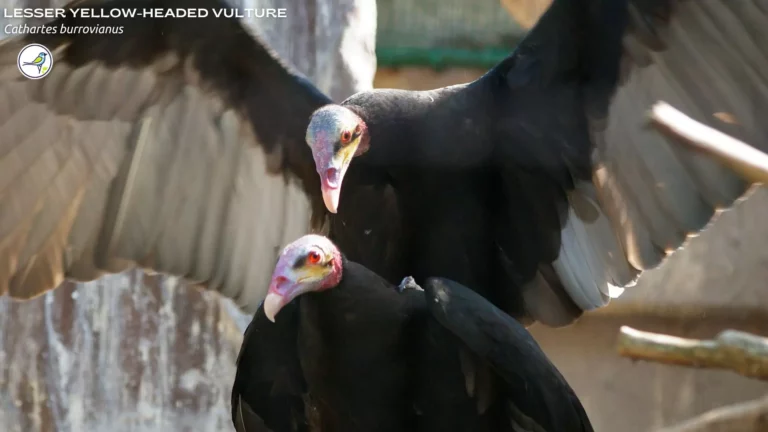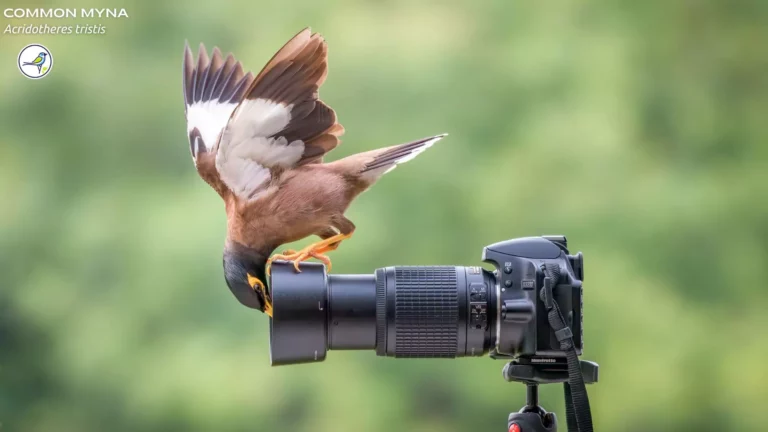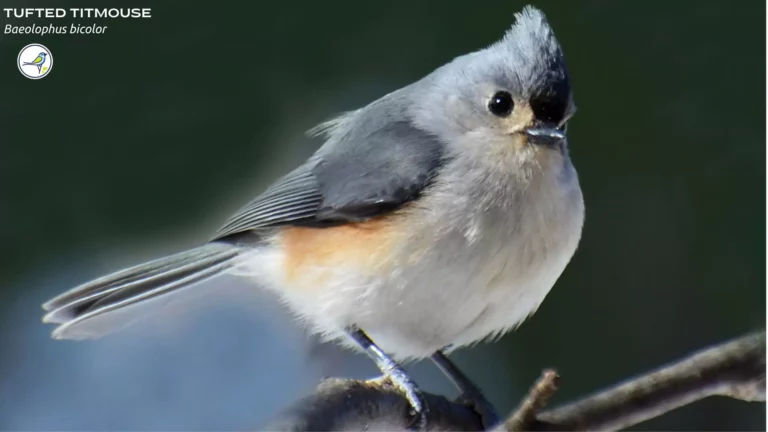How Many Worms Do Birds Eat a Day?
Imagine a world where the melodious chirping of birds isn’t just a pleasant soundtrack to your morning coffee but a testament to nature’s fascinating intricacies. Have you ever wondered just how many worms birds consume in a single day? The answer may surprise you!
When it comes to the eating habits of our feathered friends, many of us have a simplified image in mind: birds swooping down to snatch a few worms from the ground. However, the reality is far more intriguing and diverse. In this blog post, we embark on a journey into the captivating world of avian diets, exploring the question: How Many Worms Do Birds Eat a Day?
Understanding the nuances of bird feeding habits is not merely a matter of curiosity; it unveils the intricate tapestry of nature’s balance. Birds play an integral role in ecosystems, acting as both predators and prey, while also contributing to vital processes like seed dispersal and insect control. Therefore, delving into the specifics of their diets can provide valuable insights into ecological dynamics.
Before we dive deeper, let’s address a common misconception: the idea that birds eat a meager handful of worms each day. While this notion has some truth to it, the reality is far more complex. The number of worms birds consume daily can vary dramatically, influenced by a multitude of factors. By dispelling this myth and uncovering the truth, we gain a deeper appreciation for these remarkable creatures and their role in the natural world.
The Variety of Bird Species
Birds, with their stunning diversity in species, provide us with a captivating glimpse into the natural world’s rich tapestry. As we embark on our exploration of how many worms birds consume in a day, it’s essential to first appreciate the vast array of avian life inhabiting our planet. From the tiny hummingbird to the magnificent eagle, the avian kingdom showcases an astonishing range of sizes, shapes, colors, and behaviors. This diversity is not merely a testament to nature’s creativity but also plays a pivotal role in shaping avian dietary preferences.
Some bird species have become household names for their distinct dietary inclinations, and it’s their unique culinary choices that we’ll delve into. Take, for instance, the robin, celebrated for its preference for earthworms. In gardens across the world, these birds are often observed meticulously pulling worms from the soil. Sparrows, on the other hand, exhibit a more varied diet, combining insects, seeds, and, yes, worms when they’re available. Then there are the blackbirds, renowned for their prowess in hunting and capturing worms.
One of the fascinating aspects of this variety lies in the adaptation of beak types to suit particular diets. Birds have evolved with a stunning diversity of beak shapes, each finely tuned to their dietary needs. Some have long, slender beaks, which are perfect for probing deep into the soil in search of worms. Others sport strong, hooked beaks, well-suited for tearing prey apart. This remarkable adaptation underscores the intricate relationship between form and function in the avian world.
Yet, it’s not just about dietary preferences; it’s about survival. Birds have fine-tuned their diets to maximize energy intake while minimizing the energy expended in obtaining food. This often means specializing in the types of food sources available in their specific habitats. Whether it’s the hummingbird’s nectar-sipping beak or the peregrine falcon’s sharp, carnivorous bill, each adaptation reflects the relentless drive to thrive in their respective niches.
As we progress through this exploration, keep in mind that the immense diversity of bird species naturally translates into a wide spectrum of worm consumption rates. Some birds may rely heavily on worms as their primary food source, while others may incorporate them as part of a more diverse diet. In the following sections, we’ll unravel the intricate factors influencing the daily worm consumption of birds, shedding light on the nuances that govern this aspect of avian life.
Bird Diet Factors
The dietary choices of birds are influenced by an intricate interplay of factors that extend far beyond their mere preferences. In this section, we’ll dive into these influential elements that shape what birds choose to eat, examining how location, season, and bird size play pivotal roles.
1. Location Matters: Bird diet preferences are profoundly influenced by their habitat and geographic location. Birds dwelling in diverse environments, from lush forests to arid deserts, adapt their diets according to the available food sources. For instance, a forest-dwelling bird might primarily feed on insects and caterpillars, while a shorebird in coastal areas may have a penchant for marine creatures. Understanding the specific challenges and opportunities of various habitats allows us to appreciate the diversity in bird diets across the globe.
2. Seasonal Shifts: Seasons exert a dynamic influence on avian diets. Birds are highly attuned to the changes in weather and the availability of food resources. During breeding seasons, when energy demands peak, birds often require protein-rich diets, which might include more worms and insects. In contrast, during winter months, when insects become scarce, birds might shift towards seed and fruit consumption. This adaptive flexibility is essential for their survival and reproduction, highlighting the pivotal role that seasonal changes play in determining their daily food intake.
3. Size Matters: The size of a bird is another critical factor in shaping its dietary habits. Larger birds typically have higher energy requirements, necessitating a diet rich in protein and calories. This often leads to an increased consumption of animal-based foods, including worms. Smaller birds, on the other hand, may thrive on a diet that includes insects and smaller invertebrates. Understanding this size-based variation in dietary needs offers valuable insights into why some birds consume more worms than others in their daily meals.
These factors, intertwined and ever-evolving, underscore the complexity of avian dietary choices. By examining how location, season, and bird size influence these choices, we gain a deeper appreciation for the adaptability and resilience of our feathered companions. In the subsequent sections, we’ll continue to unravel the secrets behind how many worms birds consume daily, taking a closer look at their daily energy requirements and feeding behaviors.
Daily Energy Requirements
For birds, the pursuit of food isn’t merely a matter of culinary delight; it’s a fundamental necessity to meet their daily energy requirements. Understanding how these requirements influence their dietary choices is pivotal when exploring the quantity of worms birds consume each day.
1. Energy for Survival: Every day, birds must gather enough energy to support their basic survival needs, including flying, foraging, and maintaining their body temperature. The primary source of this energy comes from the food they consume. Worms, as a nutrient-rich option, provide an essential source of energy, especially for species that rely heavily on protein to fuel their metabolic demands.
2. The Nutritional Value of Worms: Worms, whether earthworms, mealworms, or other species, are packed with essential nutrients. They’re rich in protein, an indispensable component for muscle growth and repair. Additionally, worms provide fats and carbohydrates, which are vital for overall energy balance. This nutritional profile makes worms an attractive food choice for birds aiming to replenish their energy reserves.
3. Balancing Act: Birds are remarkable in their ability to balance their energy intake with expenditure. They’ve evolved to regulate their food consumption based on their current energy needs. During periods of high energy expenditure, such as migration or breeding, birds may increase their worm consumption to ensure they have enough fuel to sustain their activities. Conversely, in times of lower activity, they may adjust their diet accordingly, opting for less energy-dense foods.
4. Adaptations to Energy Needs: Different bird species have developed various adaptations to cater to their specific energy requirements. For instance, migratory birds often need to consume larger quantities of worms to fuel their long-distance flights. Conversely, sedentary birds may have a more consistent daily energy requirement and, therefore, a steadier intake of worms.
In essence, daily energy requirements serve as a critical driver behind the quantity of worms that birds consume daily. Birds have finely tuned their diets and feeding behaviors to ensure they meet these energy demands, and worms play a central role in this delicate ecological balance. As we continue our exploration, we’ll delve deeper into how birds obtain energy from worms and how they adjust their diet strategies to accommodate their varying energy needs.
Types of Worms That Birds Eat
Birds, with their diverse diets, often have a penchant for various types of worms. These wriggling invertebrates serve as a protein-packed, energy-rich meal for many avian species. Let’s delve into some of the most common types of worms that birds frequently include in their diets.
Earthworms (Lumbricus terrestris)
Earthworms are perhaps the most iconic of avian worm prey. These segmented worms are found in a variety of habitats, making them a readily available food source for birds worldwide. Robins, in particular, are known for their earthworm-catching prowess. Their keen eyesight and sharp beaks enable them to spot and extract these worms from the soil with remarkable efficiency.
Mealworms (Tenebrio molitor)
Mealworms are not actual worms but the larvae of darkling beetles. They are often used as live or dried bait for bird feeders. Many bird enthusiasts offer mealworms to attract a variety of species to their yards, including bluebirds, chickadees, and titmice.

Grubs and Larvae
Various species of beetles, such as June beetles and Japanese beetles, have larvae that are highly sought-after by birds. Birds like starlings and European starlings are known for their knack for uncovering and consuming these tasty grubs from lawns and gardens.

Caterpillars
Caterpillars, the larval stage of butterflies and moths, are another essential component of many birds’ diets. For instance, the Baltimore oriole feeds heavily on caterpillars, especially during the breeding season, to provide the necessary protein for their nestlings.

Wireworms (Agriotes spp.)
Wireworms are slender, hard-bodied larvae of click beetles, often found in the soil. Ground-feeding birds like sparrows and blackbirds may search for wireworms while foraging in agricultural fields.
Bloodworms (Chironomid larvae)
Bloodworms are aquatic larvae of midges and are commonly found in freshwater habitats. Waterbirds, such as herons and egrets, frequently feed on these nutritious larvae found in marshes, ponds, and wetlands.
Roundworms (Nematodes)
While not true worms, nematodes are microscopic roundworms that can be found in decaying matter and soil. Some birds, like robins, consume nematodes as part of their diet, especially when other worm types are scarce.
Understanding the diversity of worm prey in birds’ diets sheds light on their adaptability and ecological roles as both consumers and contributors to nutrient cycling. Birdwatchers and nature enthusiasts can enhance their bird-feeding strategies by providing a variety of foods, including these preferred worm types, to attract and support their feathered friends in their natural habitats.
Determining the precise number of worms birds eat in a day can be challenging, as it varies significantly depending on factors like bird species, location, season, and individual dietary preferences. However, on average, many smaller bird species can consume dozens to hundreds of worms daily. Birds with higher energy needs, such as those during the breeding season or migration, may consume even more.
It’s essential to remember that birds have evolved to be efficient hunters, and they adjust their worm consumption based on their energy requirements. To provide optimal support for our avian friends, bird enthusiasts can offer a variety of foods, including worms, as part of a balanced diet.
By appreciating the adaptability and resourcefulness of birds in their quest for nourishment, we can contribute to their well-being and the overall harmony of our ecosystems. In the complex world of avian diets, pinpointing the exact number of worms birds eat daily remains elusive due to various factors. We’ve explored the fascinating tapestry of birdlife, from diverse species with unique preferences to the influence of location, season, and bird size on their food choices.
Worms, as protein-rich, energy-dense sources, play pivotal roles in bird diets, supporting daily needs and critical life stages. Understanding these complexities highlights birds’ crucial roles within ecosystems, influencing insect populations and more.
Whether you’re a bird enthusiast or nature lover, this journey showcases the adaptability and resourcefulness of our feathered friends. Appreciating the nuanced factors governing their diets reminds us of the wonders of the natural world, inspiring us to cherish and protect these remarkable creatures.







